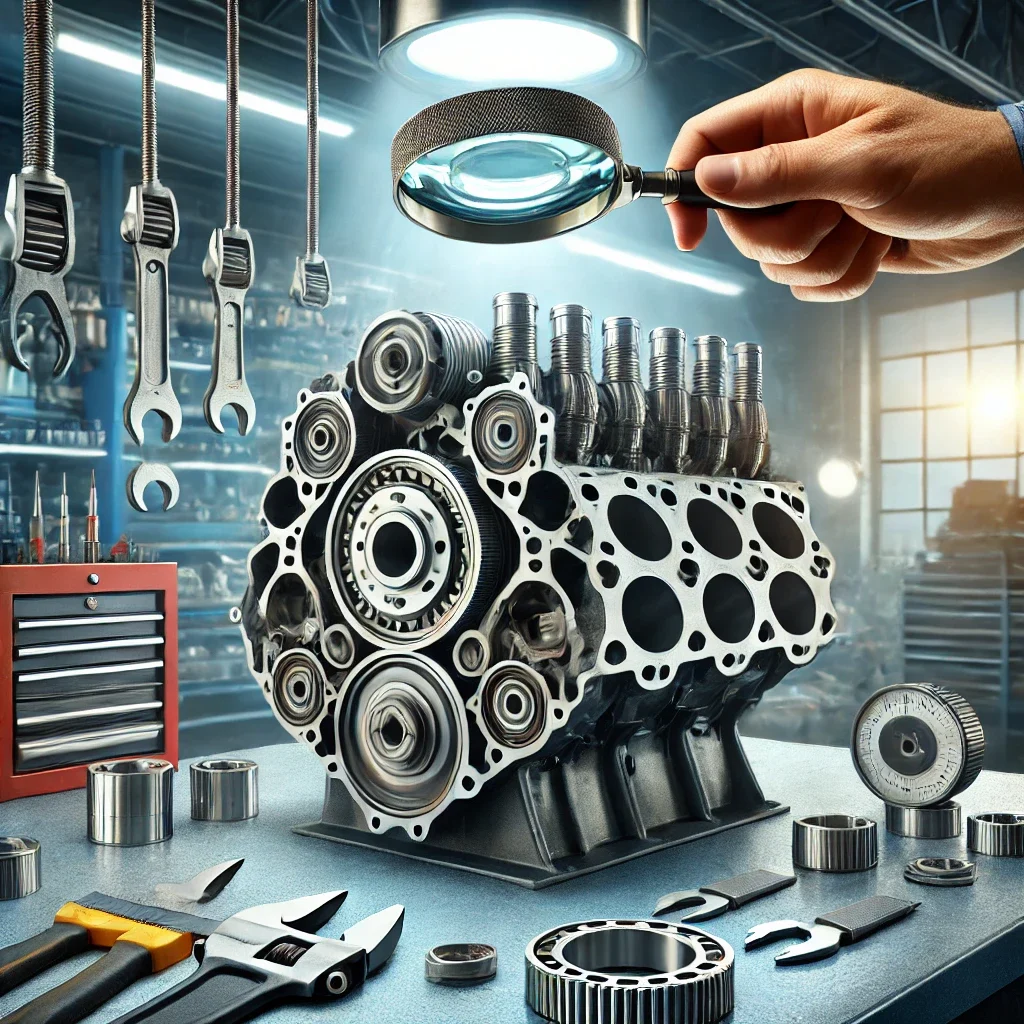Comprehensive Guide to Troubleshooting the 7.3L Turbo Diesel Engine

When it comes to diesel engines, the 7.3L Turbo Diesel is widely recognized for its durability and reliability. However, like any mechanical system, it can encounter problems over time. In this blog post, we will delve into effective troubleshooting strategies for the 7.3L Turbo Diesel engine, focusing on common issues and solutions based on diagnostic procedures outlined in the service manual.
Understanding Common Issues
Before diving into troubleshooting, it’s crucial to familiarize yourself with the potential symptoms and issues that may arise with the 7.3L Turbo Diesel engine. Here are a few key areas to focus on:
- Engine Cranking but Will Not Start: This can occur in both cold and normal operating temperatures. It’s essential to evaluate the fuel system, including the feed pump and injection pump, to determine if they are functioning correctly.
- Excessive Smoke: Observing blue/white or excessive black smoke can indicate various issues, from fuel quality to fuel system air leaks. Understanding the type of smoke can guide you towards the root cause.
- Low Oil Pressure: Monitoring oil pressure is critical. If you experience low oil pressure but the oil level is adequate, further investigation is needed as it may indicate internal wear or malfunctioning sensors.
- Loss of Power: This can be attributed to multiple factors, including turbocharger performance, fuel system conditions, or air intake issues. Identifying the precise cause is key to restoring engine performance.
Step-by-Step Diagnostic Procedures
To effectively troubleshoot the 7.3L Turbo Diesel engine, follow a systematic approach that eliminates the obvious issues first. Here’s a step-by-step diagnostic procedure:
- Gather Information: Begin by collecting information from the user or operator regarding operating conditions at the time of the failure. Questions to consider include:
- Did the problem occur suddenly or gradually?
- Were there any abnormal noises before the failure?
- What were the current weather conditions?
- Preliminary Checks:
- Inspect for any external leaks in the fuel and oil systems.
- Check the condition of the air cleaner; a dirty air filter can lead to power loss.
- Ensure that the accelerator linkage is properly adjusted.
- Fuel System Examination:
- Evaluate the entire fuel system for air leaks and blockages in the lines.
- Check the injection pump and its plunger pressures to ensure they are within specifications.
- Perform a fuel quality assessment to confirm it is free of contaminants.
- Performance Testing:
- Utilize diagnostic tools to assess turbocharger boost levels and wastegate actuator conditions.
- Perform an injection nozzle test to check for proper fuel atomization.
- Optimize injection timing to enhance combustion efficiency and minimize smoke.
- Evaluate Mechanical Condition:
- Measure crankcase pressure to assess blow-by and evaluate the engine’s overall mechanical health.
- Keep an eye on oil consumption and conduct a compression check if necessary.
Conclusion
Troubleshooting the 7.3L Turbo Diesel engine requires a methodical approach and thorough understanding of its systems. By following these diagnostic procedures, you can effectively identify and address common engine issues, ultimately restoring performance and reliability. Remember, prompt attention to early warning signs is crucial in preventing further complications. If problems persist, consulting a professional diesel mechanic may be the best route to ensure comprehensive repairs and maintenance.
By expanding your knowledge and implementing these troubleshooting guidelines, you’ll be better equipped to handle any challenges that come your way with the robust 7.3L Turbo Diesel engine.


